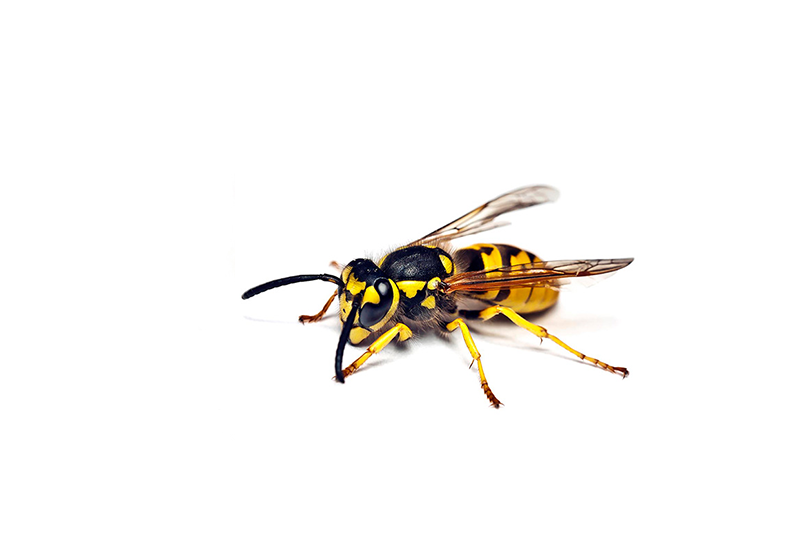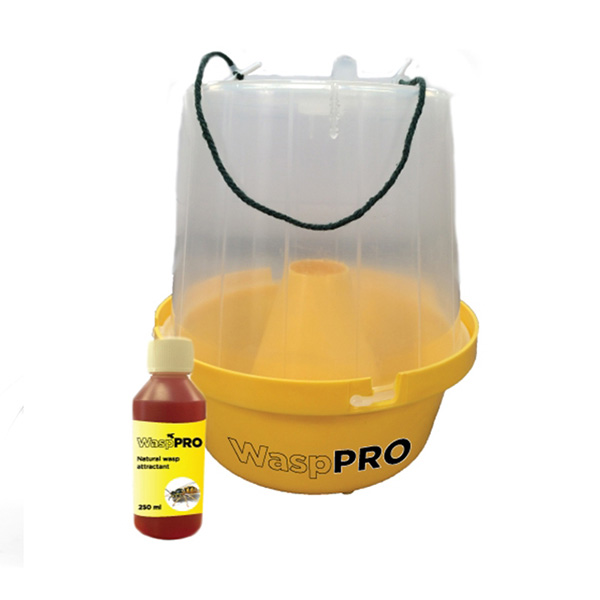Wasp
Common wasp, Vespa vulgaris workers are a major social pest to almost outdoors activity in which food or drink is involved.
The sting of the wasp is dangerous to human health. The common wasp, nests in cavities in trees and buildings. They occur in natural forests, planted forests and urban areas.
Adult worker wasps obtain carbohydrates from fruit and flowers, by feeding on fermented fruit pulp and by collecting honeydew from insect secretions. Workers will also hunt arthropods, including flies, mosquitoes and caterpillars to feed their wasp larvae which require a protein rich diet.



